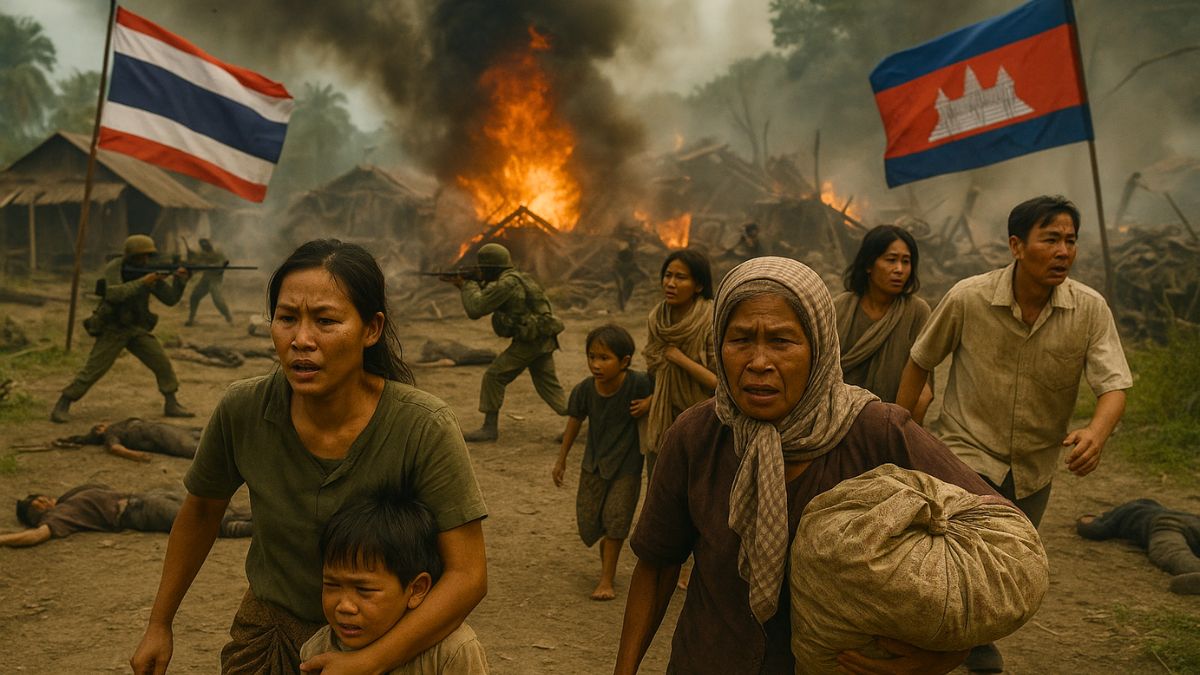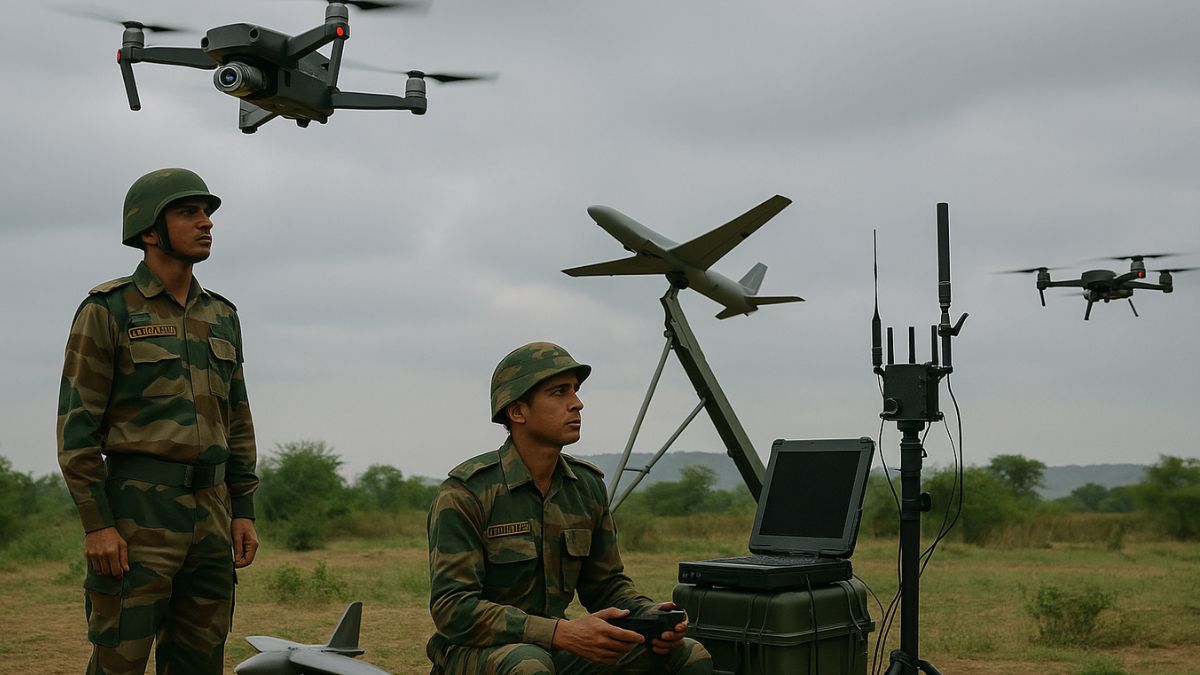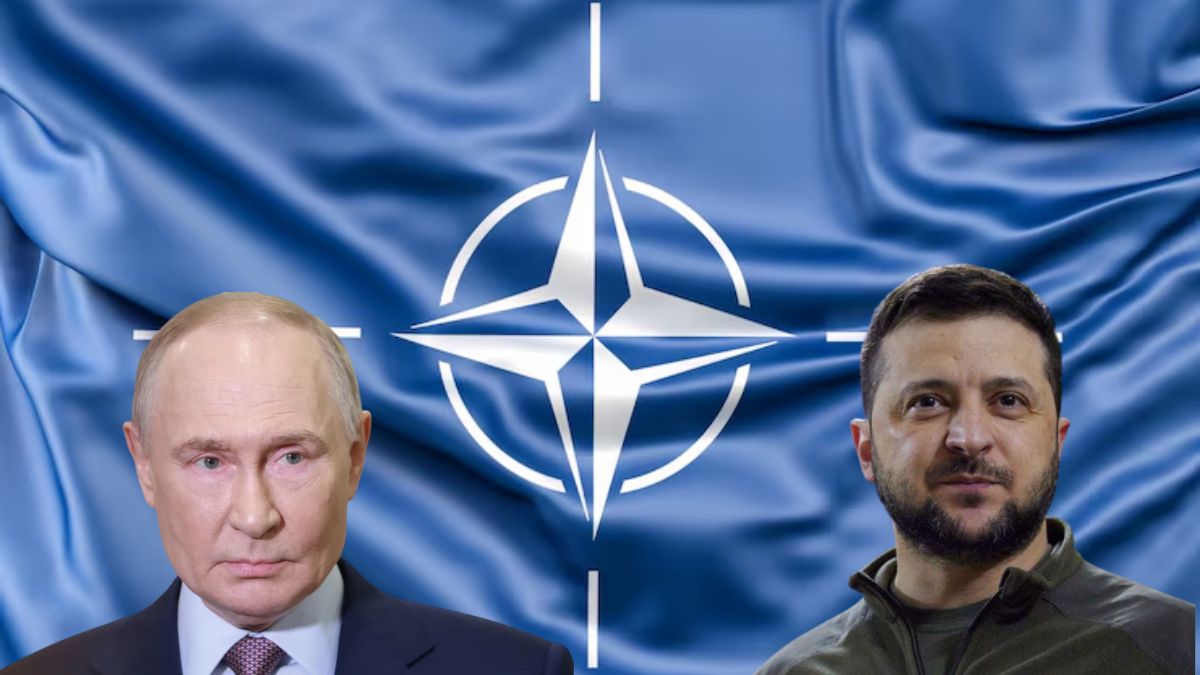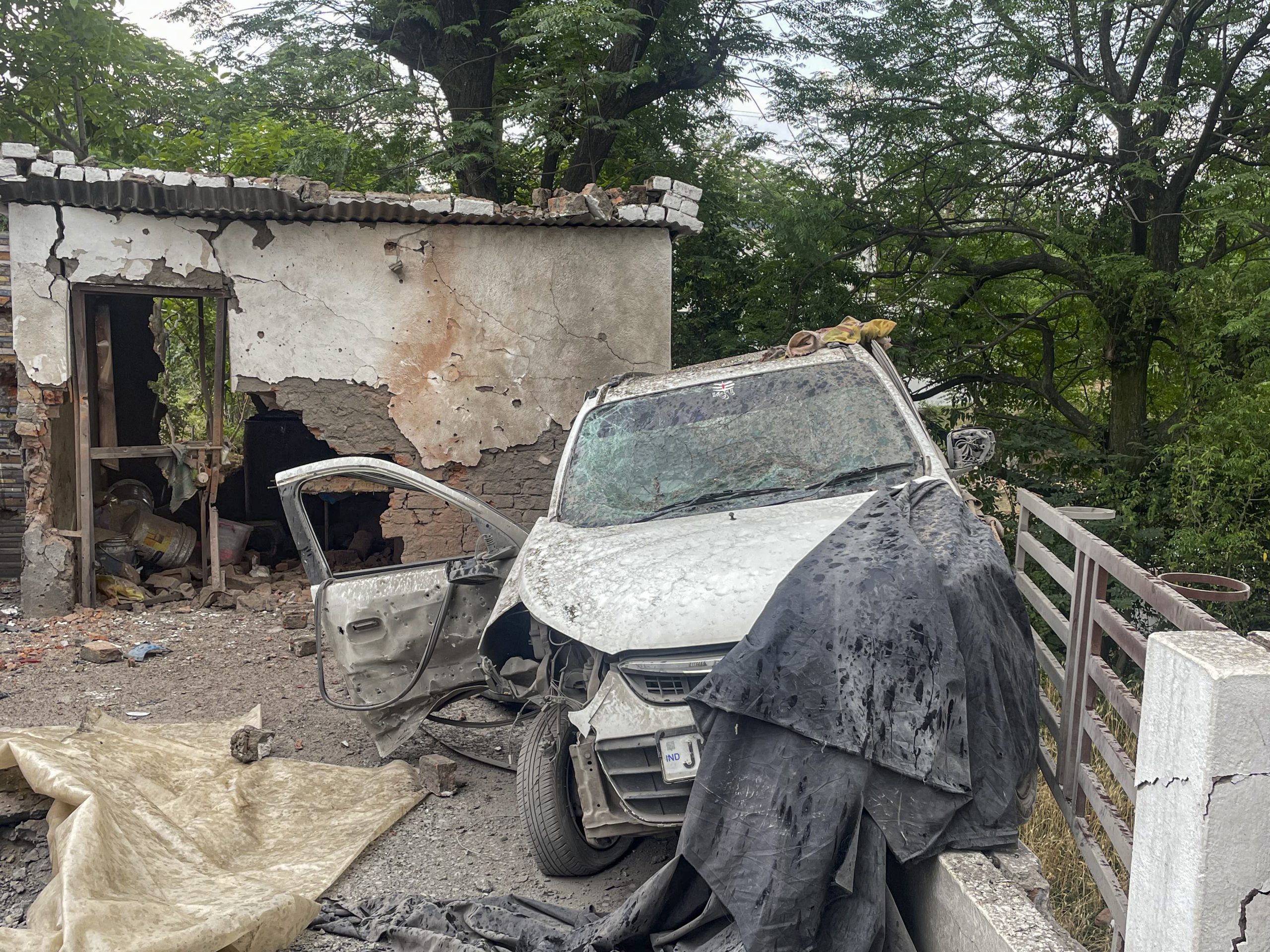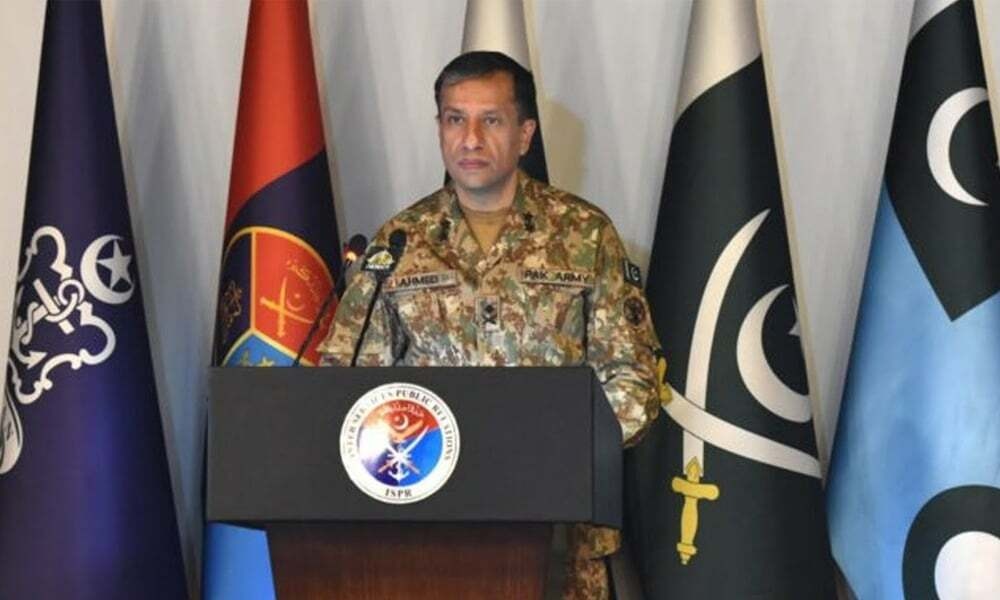Former Chief Justice To Lead Nepal’s Interim Government After Gen Z Protests Topple Govt
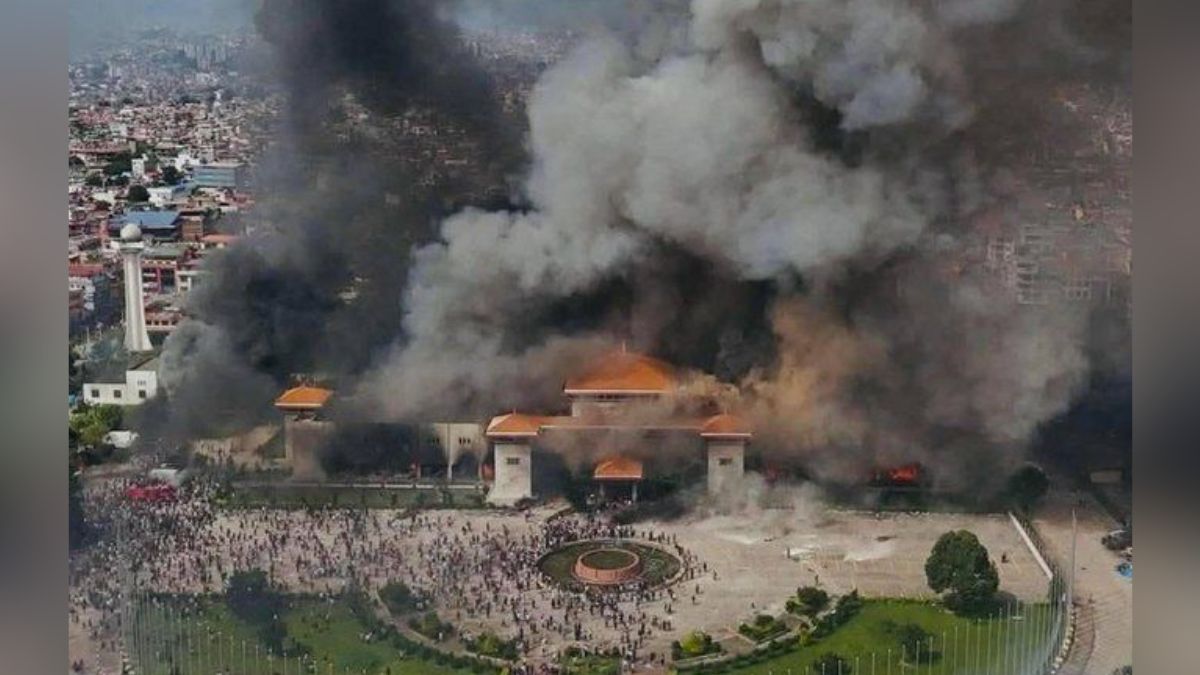
Anti-corruption protests in Nepal led by Gen Z forced KP Sharma Oli to resign. Image courtesy: X.com/@YourAnonCentral
Troops have been patrolling Kathmandu’s streets as Nepal’s political leadership scrambles to respond to two days of protests that brought down Prime Minister K P Sharma Oli’s government. Anti-corruption demonstrators, largely Gen Z students, have torched homes of political leaders and clashed with police in protests that were initially sparked off by a social media ban but soon became broader agitation against graft in the government.
In the power vacuum, Nepal Army chief General Ashok Raj Sigdel brokered talks with protest leaders and political figures, persuading former chief justice Sushila Karki to step in as interim chief executive. Karki, initially reluctant, agreed after 15 hours when protest organisers formally requested her to lead.
According to media reports, Nepali President Ramchandra Paudel is expected to swear her in as the interim head of the government on Friday (September 12, 2025).
How did Sushila Karki emerge as the interim leader?
General Sigdel met protest groups and political stakeholders separately and together, before making a late-night visit to Karki’s residence in Dhapasi. By Wednesday (September 10, 2025) morning she had secured support from key players, including Kathmandu mayor Balendra Shah, whose name had also circulated among protesters as a possible candidate.
Karki, Nepal’s first woman chief justice, retired in 2017 under controversy after an impeachment motion was filed against her. Although that move was withdrawn, her exit was marked by strained relations with political parties.
Her return as interim chief executive comes with the backing of the army, which has committed to work with her on drafting a new constitution. Nepal’s current charter, adopted in 2015, is now deemed defunct by protest leaders and the military.
What triggered the protests that toppled Oli?
The government’s decision to block access to 26 social media platforms, including Facebook and X, sparked anger among young activists who had been using the platforms to expose alleged corruption among political elites. Videos and images showing the lavish lifestyles of politicians’ families had been circulating widely on these platforms before the ban.
When security forces enforced curfews in Kathmandu and other districts, protests escalated. Nineteen people were killed and more than 300 injured in clashes. Demonstrators torched ousted PM KP Sharma Oli’s residence in Bhaktapur, the homes of senior ministers, and even attacked the residences of former prime ministers Pushpa Kamal Dahal ‘Prachanda’ and Sher Bahadur Deuba. Crowds shouted slogans such as “KP Chor, Desh Chhod” (KP thief, leave the country) and “Don’t kill students.”
How is India responding to the turmoil?
India, which shares a porous border with Nepal and has deep social and economic ties, has moved cautiously. New Delhi has increased security, with the Sashastra Seema Bal, which guards the India-Nepal border, deploying about 60,000 personnel here.
The SSB also apprehended around 63 people suspected to be among the nearly 15,000 inmates who are said to have broken out of jails from across the Himalayan nation amid chaos during the violent anti-corruption protests.
The Times of India quoted a senior SSB official as saying that the prisoners said they were unwilling to return to Nepal due to the worsening law-and-order conditions there. “We prefer Indian prisons, not Nepalese ones. Conditions in Nepal are unbearable, and people are being killed,” one of them reportedly told investigators.
The Indian Army has temporarily withheld the annual leave of Nepal-origin Gorkha soldiers, while confirming that all troops currently on leave in Nepal are safe. Commanding officers were tasked with verifying the location and wellbeing of every soldier.
There are 35 battalions of the Gorkha Regiment in the Indian Army, about 40% of which are composed of Nepalese Gorkhas. As a precaution, the army is considering extending the leave of those already in Nepal until the situation stabilises.

